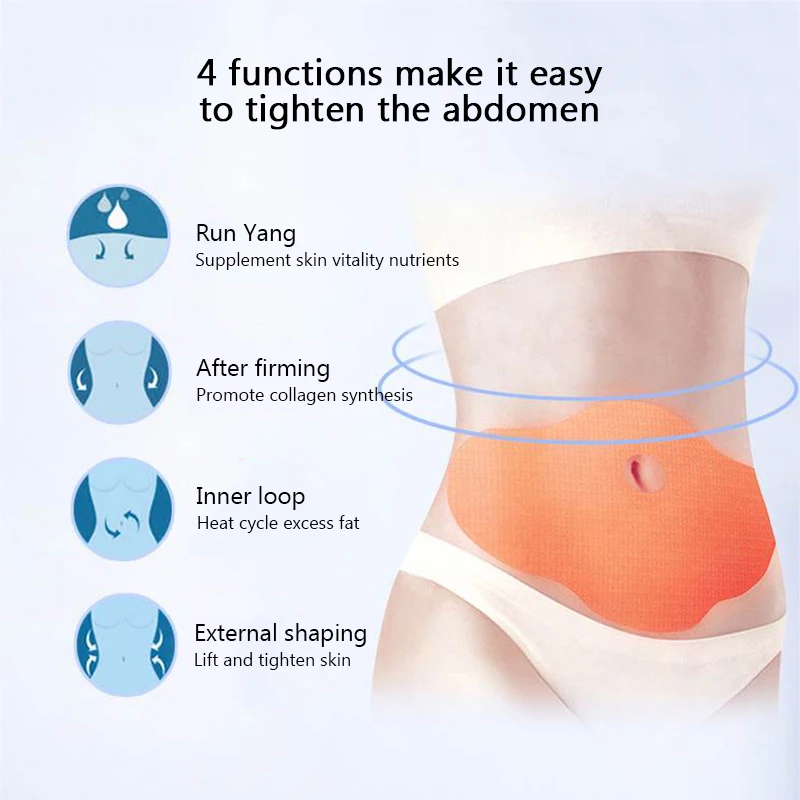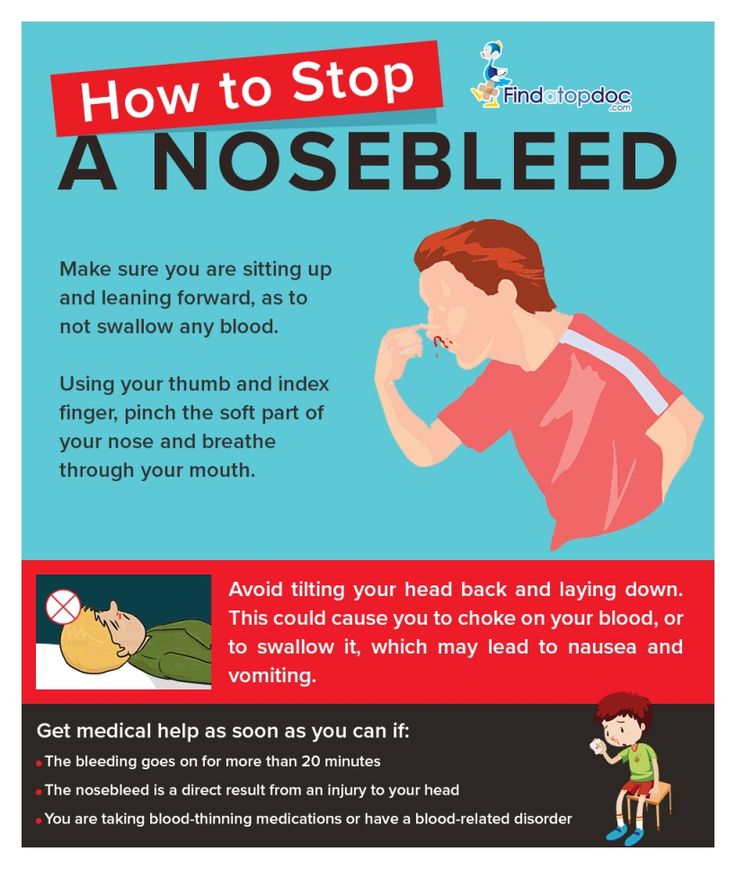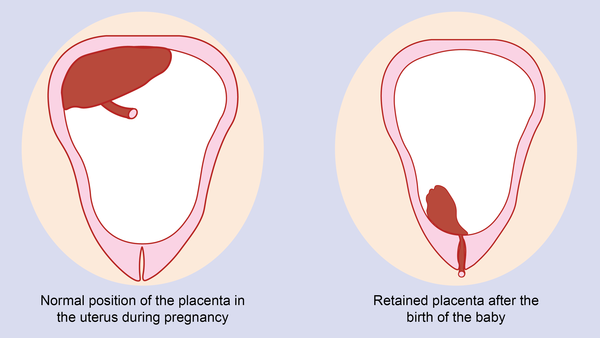Forms of abortions
By Trimester, What to Expect, and Resources
If you’re considering an abortion, it’s a good idea to familiarize yourself with the various methods to determine the best and most accessible choice for you.
The two main types of abortion are medical and surgical. Both are extremely safe and effective.
However, one might be preferable depending on how long you’ve been pregnant, where you live, your budget, and a few other factors.
Since the Supreme Court of the United States voted to overturn Roe v. Wade, which guaranteed the legal right to abortion nationwide, some states have already passed laws restricting access to abortion. Others are poised to follow suit.
That means not everyone has equal access to all methods of abortion, and you might face some challenges accessing one, depending on where you live.
Stay informed
The information in this article was accurate and up to date at the time of publication, but it’s possible the information has changed since. To learn more about your legal rights, you can message the Repro Legal Helpline via a secure online form or call 844-868-2812.
According to reproductive health research, more than half of all abortions in the United States are medical abortions.
Medical abortion involves taking pills that terminate a pregnancy. You’ll most likely take a mifepristone pill followed by another medication called misoprostol, though some people will only take misoprostol.
These medications stop the pregnancy from continuing to develop and cause the uterus to empty itself, ending the pregnancy.
Abortion pills are FDA-approved for ending a pregnancy up to 10 weeks, but they’re also used off-label later than this in some states.
In most states, you can legally obtain abortion pills from a provider in person or through a provider-staffed telehealth platform. This is what’s known as “clinician-supported” medication abortion.
Most people can also order abortion pills online and take them at home without working with a provider. This is called a “self-managed” abortion, and it’s just as safe and effective as clinician-supported abortion.
This is called a “self-managed” abortion, and it’s just as safe and effective as clinician-supported abortion.
Learn more about medical abortion here.
Safety, side effects, and risks
Most medical experts agree that abortion — whether medical or surgical — is safe. No more than 2% of people report complications, and most complications that do occur are easily treated with follow-up care.
There are some side effects that many or even most people will experience, though. The most common side effect of medical abortion is heavy bleeding that lasts for a few days.
You can also expect cramping that may be more painful than menstrual cramps. It shouldn’t be severe, though — anything that feels concerning or unbearable is a good reason to call a healthcare professional.
Cramping and bleeding are natural parts of the process because abortion pills cause your uterus to contract and expel the pregnancy tissue. Moderate pain, while uncomfortable, is usually a sign that your medication is working.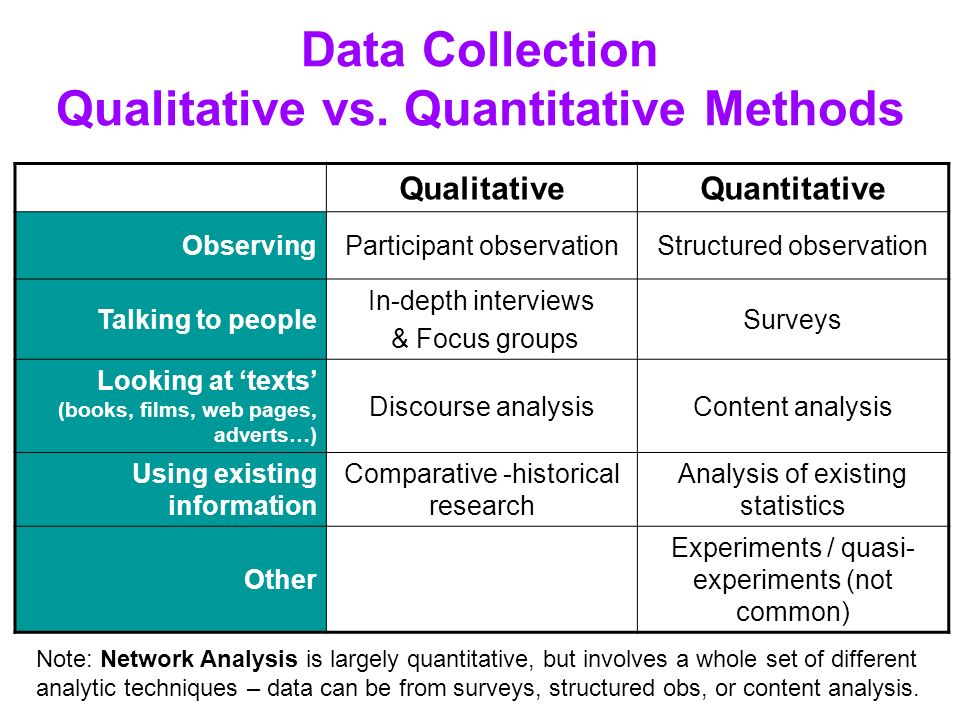
The worst of the pain and bleeding will happen within the first few hours, but lesser cramps and spotting can linger for several weeks.
Some people also experience symptoms like nausea, diarrhea, vomiting, breast tenderness, and fatigue. Most of these should resolve within 24 hours to a few days.
Infection and incomplete abortion (when some pregnancy tissue remains in the uterus after taking medication) are the main complications to watch for, but they’re rare.
Eligibility
While medical abortion is generally safe for most people, it’s not recommended for everyone. You may not be eligible if you:
- are experiencing an ectopic pregnancy (a non-viable pregnancy that is attempting to develop outside of the uterus)
- live with blood clotting disorders or anemia
- live with chronic adrenal failure
- have used steroid medicines over a long period of time
- live with inherited porphyrias (rare blood disorders)
- have an intolerance or allergy to mifepristone or misoprostol
You also shouldn’t use abortion pills if you have an intrauterine device (IUD). You’ll need to have it removed before taking the pills.
You’ll need to have it removed before taking the pills.
Efficacy
Medical abortion is an extremely effective way to end a pregnancy, especially when used at or before 12 weeks gestation.
Research shows that the combination of mifepristone and misoprostol — the most common way to end an abortion via pills — fully ends pregnancy in 95–99% of cases.
Some people, especially people outside of the U.S., may only take misoprostol without mifepristone. This is also an effective abortion method, fully ending pregnancies in about 78% of people who take it.
More research is needed into the effectiveness of misoprostol alone. Some newer research suggests an even higher success rate, so the data is somewhat unclear for now.
Overall, both the combination of mifepristone with misoprostol and misoprostol alone are effective ways to have an abortion with pills.
Cost
One study found that the average price of mifepristone and misoprostol ordered online ranged from $110–$360, including shipping and fees. The cost of misoprostol by itself was lower.
The cost of misoprostol by itself was lower.
According to Planned Parenthood, abortion pills obtained in a clinic can cost up to $750, though costs may vary by state.
Access and legality
Many states have rushed to restrict or ban surgical abortion procedures since the fall of Roe v. Wade in June 2022. Limiting access to abortion medication is up next for plenty of states, and some have already moved to ban it.
In some areas, abortion providers and doctors cannot prescribe the medication for you in their clinic, especially if you have reached a certain point in pregnancy. You may have to order online.
Here’s what you need to know about telemedicine abortion in a post-Roe United States.
Resources for accessing medication abortion by mail include:
- AidAccess
- Plan C
- Hey Jane
- Abortion On Our Own Terms
- Carafem
- Just the Pill
Looking forward, states may not have much ability to limit access to abortion medication in the long term.
Attorney General Merrick Garland has said that states can’t ban abortion pills that are approved by the FDA. That means misoprostol, at least, could remain or become legally accessible in most states.
Plus, President Joe Biden directed the Department of Health and Human Services (HHS) to expand and protect access to abortion medication on the federal level.
It’s still unclear what that will look like, though, and you can expect many states to challenge any ruling that protects abortion access. It’s important to stay up-to-date on your state’s laws if you’re considering abortion.
Prioritize your privacy
There are legal risks to self-managed at-home medication abortion. Some states restrict access to telehealth abortion or receiving abortion pills by mail.
This means discretion and privacy are absolutely paramount.
If at all possible, tell as few people as you deem necessary about your pregnancy and your decision to terminate the pregnancy.
Clear any internet search, private message, or phone call history that might connect this to you.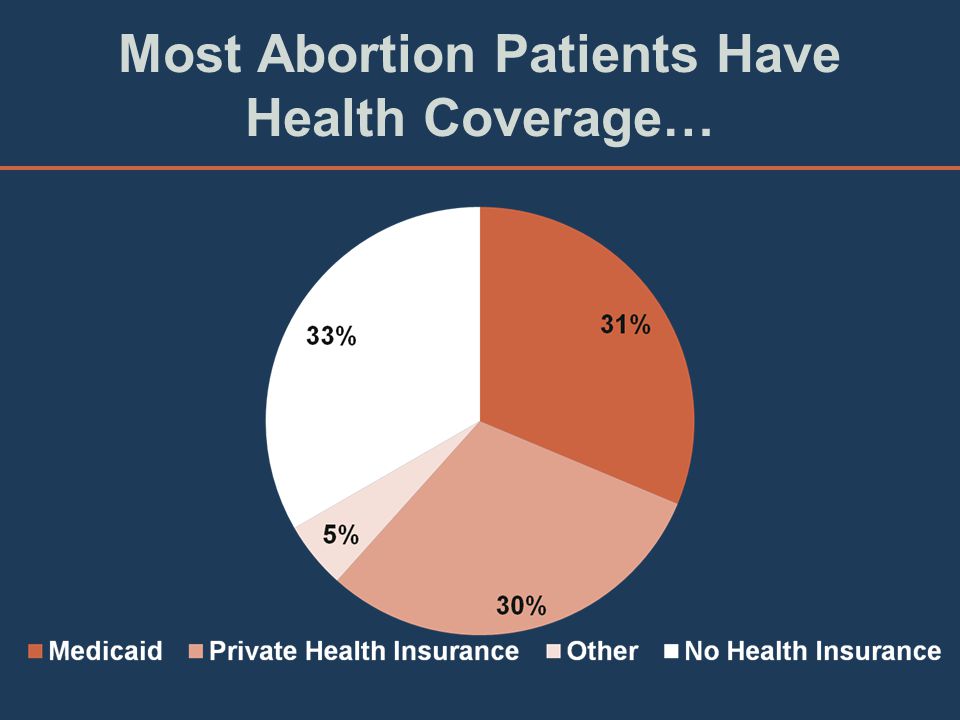
Trying to make sense of the limitations in your state? Our state-by-state guide to abortion restrictions can help.
A surgical abortion is a procedure done by a trained medical professional in a clinical setting like an abortion clinic or, sometimes, a hospital.
There are two main types of surgical abortion: vacuum aspiration and dilation and evacuation (D&E). Vacuum aspiration is most often used up to 16 weeks after your last period, while D&E is used up to 24 weeks.
Vacuum aspiration
Vacuum aspiration is the most common type of in-clinic abortion, according to provider Planned Parenthood.
This procedure uses gentle suction to empty your uterus. It isn’t typically painful, but you may feel some cramping because your uterus will contract as the tissue is removed.
The procedure lasts about 5–10 minutes. You may need to stay at the clinic for up to a few hours afterward to ensure the abortion is complete.
Safety, side effects, and risks
Like other forms of abortion, vacuum aspiration is extremely safe. A large body of evidence suggests that fewer than 1% of people who have a vacuum aspiration procedure experience major complications.
A large body of evidence suggests that fewer than 1% of people who have a vacuum aspiration procedure experience major complications.
Side effects after a vacuum aspiration procedure can include:
- bleeding or spotting
- cramps
- nausea
- sweating
- dizziness
As with any surgery or procedure, vacuum aspiration abortion has a small risk of infection. The chance of experiencing an infection from a vacuum aspiration abortion is likely a bit higher than it is from medical abortion.
Your provider may prescribe you an antibiotic to help reduce infection risk.
Despite myths and misinformation, there is no evidence that having any kind of abortion affects your fertility, prevents you from becoming pregnant in the future, raises your risk of breast cancer or miscarriage, or affects your mental health in the long term.
Dilation and evacuation (D&E)
D&E is often used a bit later on in pregnancy. It uses a combination of vacuum aspiration, forceps, and dilation and curettage (D&C).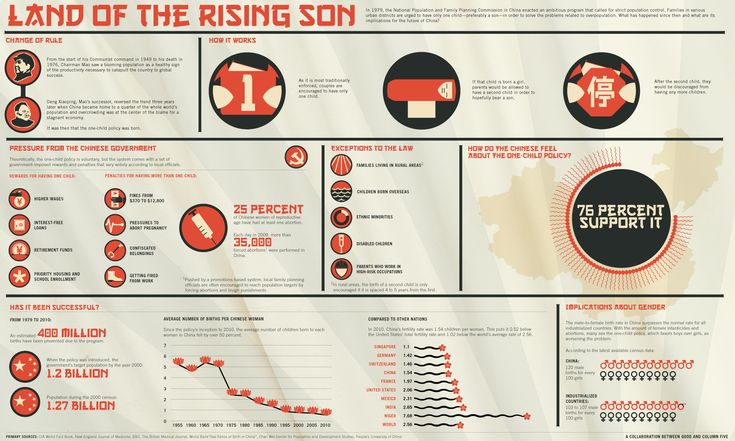
To start, the provider dilates (or widens) your cervix to make it easier to remove the pregnancy tissue. They may have you take misoprostol and/or mifepristone, medications that help soften the uterus and cause it to contract, to help with that.
Then, they will use forceps to remove the fetus and placenta, a tube to suction out the uterus, and a scoop-like instrument called a curette to scrape out the uterine lining.
You’ll have this procedure in a hospital or a clinic. A D&E can be somewhat painful, but your provider can give you numbing medicines or local anesthesia to prevent discomfort and will likely send you home with prescription pain medication.
The procedure generally takes less than 30 minutes. You can go home the same day, but as with many surgeries, you may need to wait at the clinic for a while to ensure you’re doing OK.
Safety, side effects, and risks
D&E is a safe and common abortion method, and it’s the preferred choice for ending a pregnancy that has progressed to the second trimester.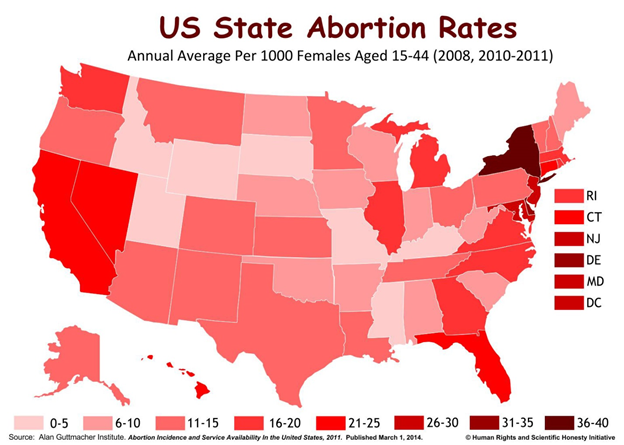
That’s because it’s associated with the lowest risk of complications, including incomplete abortion, compared with other methods of ending pregnancies in the second trimester.
Side effects from a D&E may include:
- bleeding
- cramping
- breast engorgement or lactation
- nausea, diarrhea, or vomiting
- chills
Some complications are possible but unlikely. These include infection, perforation, and excessive bleeding or hemorrhage.
Eligibility
There are no conditions that prevent you from having a surgical abortion, but people with certain health conditions may need to have theirs in a hospital setting instead of a clinic to ensure their safety.
These include bleeding diathesis or the use of anticoagulant medication. And if you have a pelvic infection, your provider will likely delay or reschedule your procedure if possible.
Efficacy
Vacuum aspiration and D&E are extremely effective for ending your pregnancy.
These abortions are successful about 98% of the time, with just 2% of people needing to return to a clinic for an additional procedure or a pill to complete the abortion.
Some sources suggest that surgical aspiration is somewhat more likely to be successful than medical abortion, but more research is needed to confirm whether and why that’s the case.
Cost
Surgical abortion may cost between $500–$2,000, depending on several factors, including your location.
The further along you are in your pregnancy, the more the procedure will cost.
Access and legality
The legality of abortion varies from state to state, especially since many states have rushed to restrict or ban surgical abortion procedures following the fall of Roe v. Wade in June 2022.
Limitations on surgical abortion are very common — especially after you’ve reached a point of pregnancy at which the fetus could be considered “viable,” or able to live outside of the uterus.
Other states impose unnecessary and harmful restrictions like mandatory counseling before receiving an abortion. Some even require providers to share false information about abortion safety before allowing you to have an abortion.
These restrictions are attempts to discourage you from making your own decisions about your reproductive health. They’re not based on evidence and contribute to anti-abortion stigma.
Experiencing stigma or judgment is associated with poorer mental and emotional health outcomes for those seeking an abortion.
One way to avoid some of these hurdles is to self-manage a medical abortion at home, so you may want to consider these factors when deciding what type of abortion is best for you.
Learn about the legality of surgical abortion in each state.
Watch out for crisis pregnancy centers (CPCs)
While some CPCs offer limited healthcare services like pregnancy tests or ultrasounds, they do not provide abortions or support accessing abortions.
CPC workers are known to shame and mislead people into believing that abortion is unsafe or harmful.
The Crisis Pregnancy Center Map can help you steer clear of these predatory groups. You can also check ReproAction’s Fake Clinic Database and the #ExposeFakeClinics resource hub.
Learn more about identifying, avoiding, and leaving CPCs.
Later-term abortions are uncommon in the U.S.
According to the Centers for Disease Control and Prevention (CDC), just 6.2% of abortions in 2019 happened at 14–20 weeks’ gestation. Fewer than 1% of all U.S. abortions were performed at 21 weeks or later.
People most commonly opt for abortions later in pregnancy if they’ve learned of severe health complications affecting the fetus, developed severe health complications themselves, or were denied an abortion earlier on.
If you need an abortion later in pregnancy, you’ll likely have a D&E procedure. It may take place over 2 days and require multiple visits to a provider.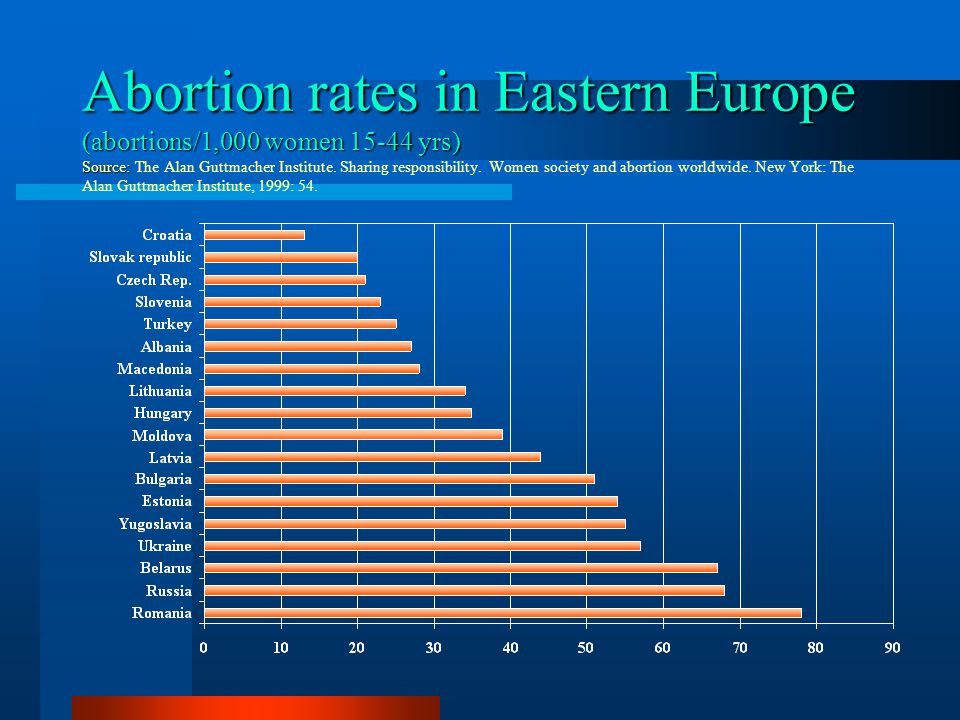 You will probably receive general anesthesia.
You will probably receive general anesthesia.
Complications are still rare, and later-term abortions are considered safe and effective with no risk of affecting your future fertility.
Learn more about later-term abortions here.
Complications are extremely rare for all types of abortion, but they can happen. The major concerns are infection, excessive bleeding or hemorrhage, organ perforation during surgery, or an incomplete abortion.
Contact a medical professional — ideally an abortion provider in your local community — if you:
- experience no bleeding at all within 24 hours of taking misoprostol
- have extremely heavy bleeding, which is defined as 1) bleeding through 2 or more regular maxi pads in an hour for 2 or more hours in a row or 2) soaking through 1 or more regular pads in an hour for 3 or more hours in a row
- pass foul-smelling vaginal discharge
- pass blood clots larger than a lemon
- run a fever of 100.
 4ºF (38ºC) or higher
4ºF (38ºC) or higher - have pain that doesn’t decrease after taking over-the-counter or prescription pain medication
- experience nausea, vomiting, or diarrhea for more than a day or so after taking misoprostol
- see, feel, or experience any unusual or concerning symptoms like shortness of breath or chest pain
Listen to your body. If something doesn’t feel right, even if it’s not on the above list, reach out to a healthcare professional.
Seek care
If you think you’re experiencing complications and live in an abortion-hostile state, you should still seek medical care.
Healthcare professionals can’t distinguish a medication abortion from an unintentional miscarriage, and you don’t have to disclose that you induced the abortion using pills.
You can say that you’re experiencing heavy menstrual bleeding or suspect that you’re having a miscarriage. These conditions are treated the same way.
If you have the freedom to choose which type of abortion you’d feel most comfortable with, there are many factors to consider:
- How long you’ve been pregnant: Some forms of abortion are safer and more effective earlier in pregnancy and should be avoided later on.
 Medication abortions are often reserved for earlier abortions, while surgeries are needed later. The duration of your pregnancy may also affect which method(s) of abortion you can legally access where you live.
Medication abortions are often reserved for earlier abortions, while surgeries are needed later. The duration of your pregnancy may also affect which method(s) of abortion you can legally access where you live. - Accessibility: Many states restrict or outlaw some forms of abortion or impose unnecessary and stressful hurdles — especially now, following the end of Roe v. Wade. Be sure to know the laws in your area and prioritize your privacy if you live somewhere that is hostile toward abortion.
- Costs: Abortion pills generally cost less than in-clinic surgical abortions, though prices can vary based on where you live. You may want or need to opt for a more affordable abortion method. Or, if you have insurance, your plan may only cover some abortion methods.
- Privacy: Many people prefer to use abortion pills in the privacy of their own homes or among their personal support systems. But if you don’t live with people who support your abortion choice, you might prefer to have the procedure in a clinic to better protect your privacy.

- Trust in the medical system: For many people, especially members of marginalized communities, ordering pills and self-managing an abortion at home may be more appealing than engaging with the medical system. Other people may not feel confident self-managing a procedure and would feel better in a sterile clinical setting with experienced professionals around, and that’s OK, too.
While it’s important to consider the risks of any procedure, the risk of complications is low for any method of abortion and doesn’t vary much by type. The risk mostly increases based on how long you’ve been pregnant.
However, surgical abortions are likely associated with a higher risk of infection, while medical abortions may cause more bleeding over a longer period of time.
The chart below summarizes some of the main differences between the types of abortion.
| Mifepristone and misoprostol | Misoprostol only | Vacuum aspiration | Dilation and evacuation | |
| Type | Medical (2 medications) | Medical (1 medication) | Surgical (5–10 minutes plus waiting periods) | Surgical (30 minutes plus waiting periods and medications) |
| Timeline | Up to 10–12 weeks of pregnancy | Up to 10–12 weeks of pregnancy | Up to 16 weeks of pregnancy | Up to 24 weeks of pregnancy |
| Effectiveness | 95–99% | About 78% | About 98% | About 98% |
| Accessibility and legality | Available in-clinic or online without a provider’s prescription; may be legally challenging in some states | Available in-clinic or online without a provider’s prescription; more likely to be legally protected in the long term | Restricted or banned in many states, with more likely to follow | Restricted or banned in many states, with more likely to follow |
| Medical limitations | Not safe for people with IUDs or certain medical conditions | Not safe for people with IUDs or certain medical conditions | No medical limitations | No medical limitations |
| Privacy | Can be done safely and effectively at home without the aid of a clinician | Can be done safely and effectively at home without the aid of a clinician | Must be done in person at a clinic or hospital | Must be done in person at a clinic or hospital |
Wading through the sea of abortion information — and misinformation — online can be overwhelming. So can navigating costs, legality, and travel. And of course, deciding whether an abortion is right for you in the first place can be tough.
So can navigating costs, legality, and travel. And of course, deciding whether an abortion is right for you in the first place can be tough.
Remember that support is available for every step of your abortion process.
Several U.S. organizations can offer guidance on your options, help you find a provider, and assist with covering the costs of an abortion.
Finding an abortion provider
If you’re unsure where to start, consider reaching out to the nearest Planned Parenthood clinic, which you can find here.
Clinic staff can counsel you on your options and help you weigh the pros and cons of each.
If you decide to pursue an abortion, they can provide you with discreet, lower-cost services, including medical and surgical abortions.
Other options include INeedAnA.com and the National Abortion Federation’s U.S. Abortion Clinic Locator. These sites can help you find a local or independent abortion clinic.
The National Abortion Federation also operates a hotline that can help you find an abortion provider or financial support for your abortion.
Paying for an abortion
Some insurance plans will cover the cost of abortion, whether medical or surgical, so check in with your insurance provider if you have one and feel safe asking them about abortion.
Additionally, many communities are home to abortion funds. These organizations can help you pay for your abortion or any associated costs like transportation, lodging, medication and recovery management, and child care.
Some abortion funds you can contact for help include:
- Indigenous Women Rising
- Access Reproductive Care Southeast
- Yellowhammer Fund
- Lilith Fund
- Northwest Abortion Access Fund
- Access Reproductive Justice
- Utah Abortion Fund
- Florida Access Network
- Holler Health Justice
- Kentucky Health Justice Network
- Midwest Access Coalition
- Apiary
The above list is far from complete, as many local and regional communities have abortion funds. The National Network of Abortion Funds can connect you with organizations serving your area.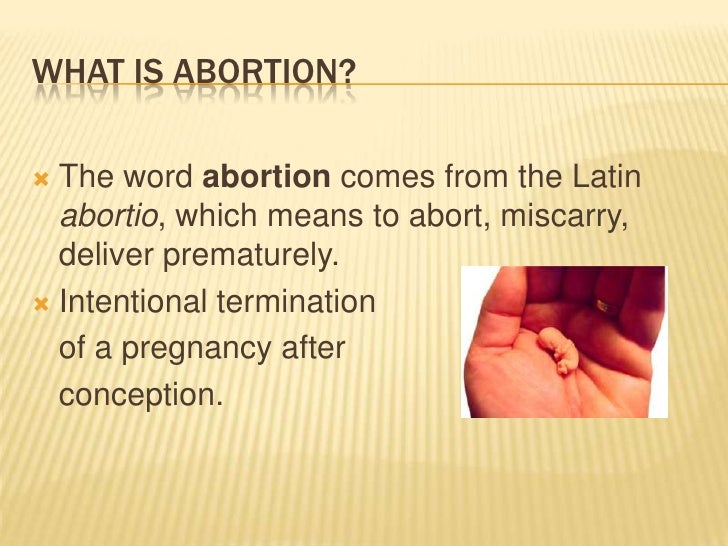
Where to get help outside the United States
Abortion access varies widely by country.
The Center for Reproductive Rights offers more information on abortion laws worldwide, along with a map you can use to check the abortion laws in your country.
If you live in Canada, you can call the National Abortion Federation hotline at 877-257-0012 for a referral to a nearby clinic.
British Pregnancy Advisory Services can offer more information about your abortion options if you live in the United Kingdom. They also provide abortion services and support to international patients.
Abortion isn’t associated with poor mental health outcomes long term. In fact, people who have had abortions are no more likely to experience mental health challenges than people who have not had abortions.
Still, it’s natural to feel intense and possibly mixed emotions.
If you’re struggling with your emotional health, feel empowered to speak with an abortion-informed mental health professional or consider joining a support group.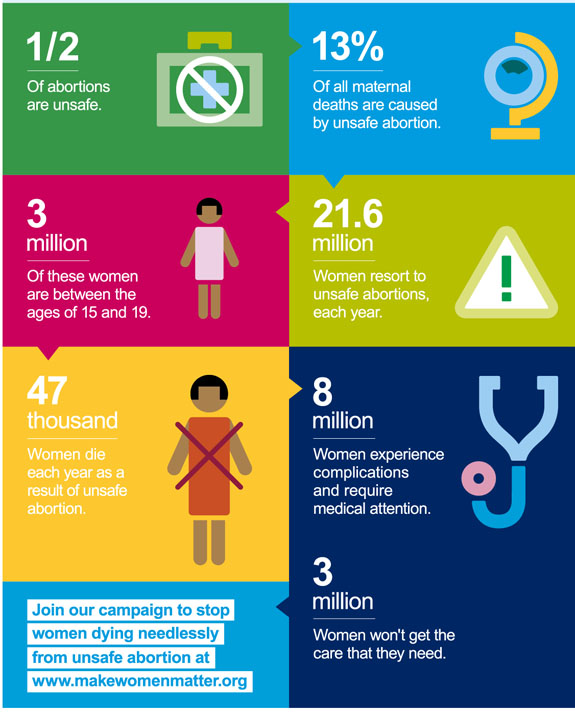
Other resources that can help include Exhale and All-Options, which can connect you with unbiased, nonjudgmental post-abortion emotional support.
Finding support for mental and emotional healthIf you need to talk with someone right away, help is available:
- Call the National Suicide Prevention Lifeline at 988.
- Text “HOME” to the Crisis Text Line at 741741.
- If you’re a young person of color, text STEVE to 741741.
- Call the Trans Lifeline Hotline at 877-565-8860 (US) or 877-330-6366 (Canada).
The types of abortion are medical and surgical.
A medical abortion involves taking one or two pills that cause your uterus to empty itself. You can order these yourself and take them at home, or you can receive and take them in a clinic.
Medical abortion is approved up to 10–12 weeks of pregnancy.
There are two main types of surgical abortion: vacuum aspiration and dilation and evacuation (D&E). These will be performed by trained professionals in a clinic or hospital.
These will be performed by trained professionals in a clinic or hospital.
Vacuum aspiration is quicker and can be accessed up to 16 weeks of pregnancy, while D&E is used up to 24 weeks.
It can be difficult to determine which abortion method is best for you. Legal restrictions that vary by state can make it even tougher to know what’s accessible in your area.
You’ll need to consider how long you have been pregnant, what abortion laws exist, your budget, and your personal preferences regarding medical care.
Resources are available to help you if you’re struggling to find a provider, pay for an abortion, or manage your emotional health during the abortion process.
Rose Thorne is an associate editor at Healthline Nutrition. A 2021 graduate of Mercer University with a degree in journalism and women’s & gender studies, Rose has bylines for Business Insider, The Washington Post, The Lily, Georgia Public Broadcasting, and more. Rose’s proudest professional accomplishments include being a college newspaper editor-in-chief and working at Fair Fight Action, the national voting rights organization.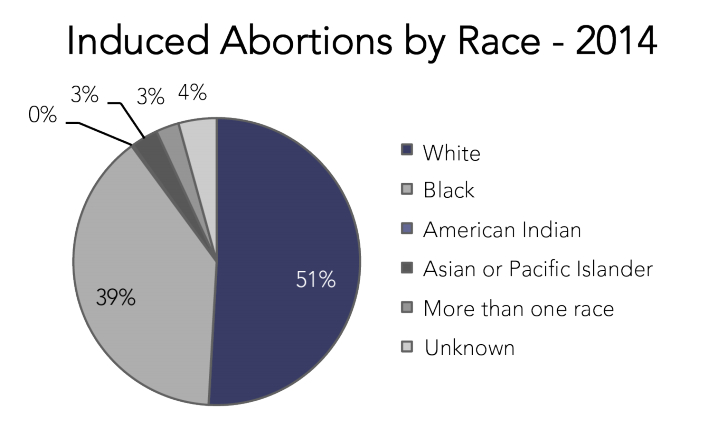 Rose covers the intersections of gender, sexuality, and health, and is a member of The Association of LGBTQ+ Journalists and the Trans Journalists Association. You can find Rose on Twitter.
Rose covers the intersections of gender, sexuality, and health, and is a member of The Association of LGBTQ+ Journalists and the Trans Journalists Association. You can find Rose on Twitter.
By Trimester, What to Expect, and Resources
If you’re considering an abortion, it’s a good idea to familiarize yourself with the various methods to determine the best and most accessible choice for you.
The two main types of abortion are medical and surgical. Both are extremely safe and effective.
However, one might be preferable depending on how long you’ve been pregnant, where you live, your budget, and a few other factors.
Since the Supreme Court of the United States voted to overturn Roe v. Wade, which guaranteed the legal right to abortion nationwide, some states have already passed laws restricting access to abortion. Others are poised to follow suit.
That means not everyone has equal access to all methods of abortion, and you might face some challenges accessing one, depending on where you live.
Stay informed
The information in this article was accurate and up to date at the time of publication, but it’s possible the information has changed since. To learn more about your legal rights, you can message the Repro Legal Helpline via a secure online form or call 844-868-2812.
According to reproductive health research, more than half of all abortions in the United States are medical abortions.
Medical abortion involves taking pills that terminate a pregnancy. You’ll most likely take a mifepristone pill followed by another medication called misoprostol, though some people will only take misoprostol.
These medications stop the pregnancy from continuing to develop and cause the uterus to empty itself, ending the pregnancy.
Abortion pills are FDA-approved for ending a pregnancy up to 10 weeks, but they’re also used off-label later than this in some states.
In most states, you can legally obtain abortion pills from a provider in person or through a provider-staffed telehealth platform. This is what’s known as “clinician-supported” medication abortion.
This is what’s known as “clinician-supported” medication abortion.
Most people can also order abortion pills online and take them at home without working with a provider. This is called a “self-managed” abortion, and it’s just as safe and effective as clinician-supported abortion.
Learn more about medical abortion here.
Safety, side effects, and risks
Most medical experts agree that abortion — whether medical or surgical — is safe. No more than 2% of people report complications, and most complications that do occur are easily treated with follow-up care.
There are some side effects that many or even most people will experience, though. The most common side effect of medical abortion is heavy bleeding that lasts for a few days.
You can also expect cramping that may be more painful than menstrual cramps. It shouldn’t be severe, though — anything that feels concerning or unbearable is a good reason to call a healthcare professional.
Cramping and bleeding are natural parts of the process because abortion pills cause your uterus to contract and expel the pregnancy tissue.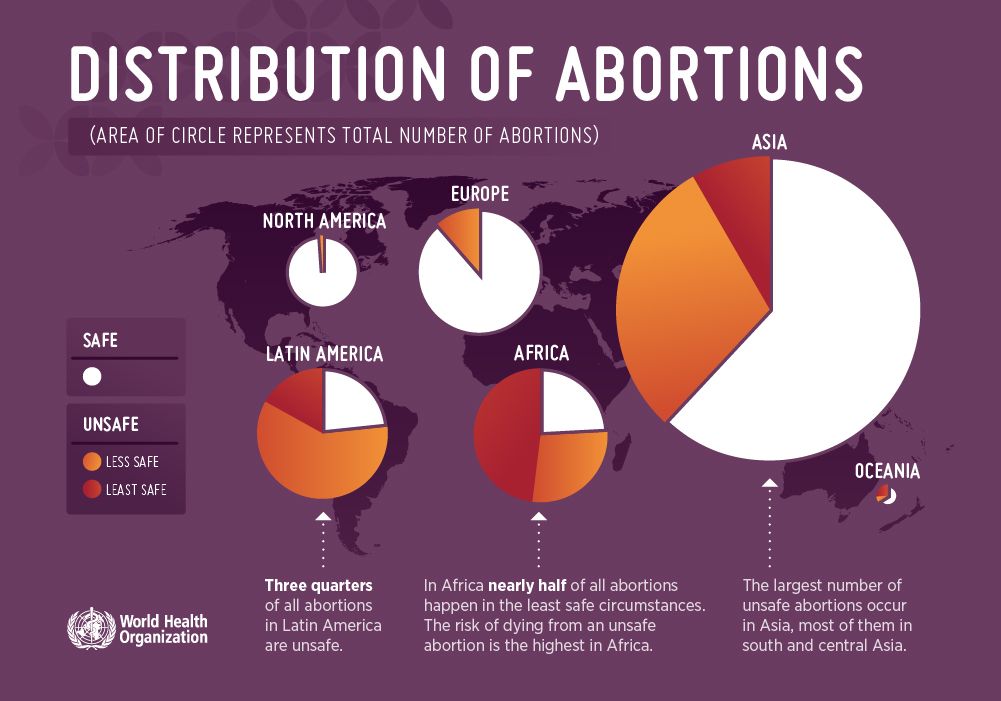 Moderate pain, while uncomfortable, is usually a sign that your medication is working.
Moderate pain, while uncomfortable, is usually a sign that your medication is working.
The worst of the pain and bleeding will happen within the first few hours, but lesser cramps and spotting can linger for several weeks.
Some people also experience symptoms like nausea, diarrhea, vomiting, breast tenderness, and fatigue. Most of these should resolve within 24 hours to a few days.
Infection and incomplete abortion (when some pregnancy tissue remains in the uterus after taking medication) are the main complications to watch for, but they’re rare.
Eligibility
While medical abortion is generally safe for most people, it’s not recommended for everyone. You may not be eligible if you:
- are experiencing an ectopic pregnancy (a non-viable pregnancy that is attempting to develop outside of the uterus)
- live with blood clotting disorders or anemia
- live with chronic adrenal failure
- have used steroid medicines over a long period of time
- live with inherited porphyrias (rare blood disorders)
- have an intolerance or allergy to mifepristone or misoprostol
You also shouldn’t use abortion pills if you have an intrauterine device (IUD). You’ll need to have it removed before taking the pills.
You’ll need to have it removed before taking the pills.
Efficacy
Medical abortion is an extremely effective way to end a pregnancy, especially when used at or before 12 weeks gestation.
Research shows that the combination of mifepristone and misoprostol — the most common way to end an abortion via pills — fully ends pregnancy in 95–99% of cases.
Some people, especially people outside of the U.S., may only take misoprostol without mifepristone. This is also an effective abortion method, fully ending pregnancies in about 78% of people who take it.
More research is needed into the effectiveness of misoprostol alone. Some newer research suggests an even higher success rate, so the data is somewhat unclear for now.
Overall, both the combination of mifepristone with misoprostol and misoprostol alone are effective ways to have an abortion with pills.
Cost
One study found that the average price of mifepristone and misoprostol ordered online ranged from $110–$360, including shipping and fees. The cost of misoprostol by itself was lower.
The cost of misoprostol by itself was lower.
According to Planned Parenthood, abortion pills obtained in a clinic can cost up to $750, though costs may vary by state.
Access and legality
Many states have rushed to restrict or ban surgical abortion procedures since the fall of Roe v. Wade in June 2022. Limiting access to abortion medication is up next for plenty of states, and some have already moved to ban it.
In some areas, abortion providers and doctors cannot prescribe the medication for you in their clinic, especially if you have reached a certain point in pregnancy. You may have to order online.
Here’s what you need to know about telemedicine abortion in a post-Roe United States.
Resources for accessing medication abortion by mail include:
- AidAccess
- Plan C
- Hey Jane
- Abortion On Our Own Terms
- Carafem
- Just the Pill
Looking forward, states may not have much ability to limit access to abortion medication in the long term.
Attorney General Merrick Garland has said that states can’t ban abortion pills that are approved by the FDA. That means misoprostol, at least, could remain or become legally accessible in most states.
Plus, President Joe Biden directed the Department of Health and Human Services (HHS) to expand and protect access to abortion medication on the federal level.
It’s still unclear what that will look like, though, and you can expect many states to challenge any ruling that protects abortion access. It’s important to stay up-to-date on your state’s laws if you’re considering abortion.
Prioritize your privacy
There are legal risks to self-managed at-home medication abortion. Some states restrict access to telehealth abortion or receiving abortion pills by mail.
This means discretion and privacy are absolutely paramount.
If at all possible, tell as few people as you deem necessary about your pregnancy and your decision to terminate the pregnancy.
Clear any internet search, private message, or phone call history that might connect this to you.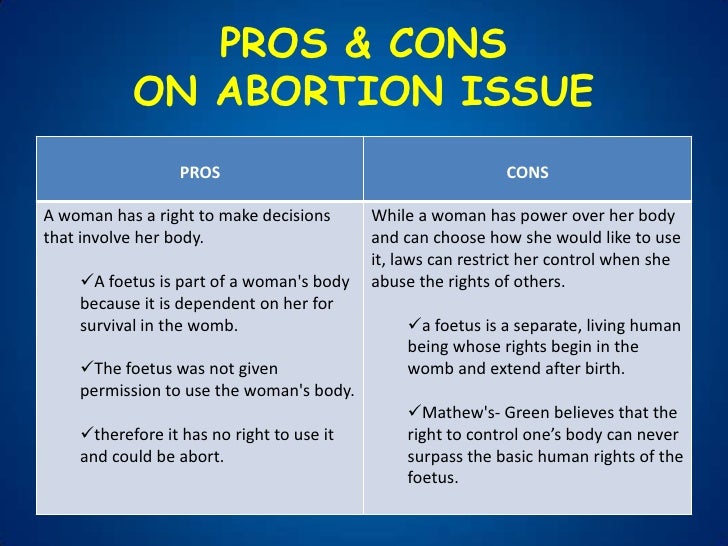
Trying to make sense of the limitations in your state? Our state-by-state guide to abortion restrictions can help.
A surgical abortion is a procedure done by a trained medical professional in a clinical setting like an abortion clinic or, sometimes, a hospital.
There are two main types of surgical abortion: vacuum aspiration and dilation and evacuation (D&E). Vacuum aspiration is most often used up to 16 weeks after your last period, while D&E is used up to 24 weeks.
Vacuum aspiration
Vacuum aspiration is the most common type of in-clinic abortion, according to provider Planned Parenthood.
This procedure uses gentle suction to empty your uterus. It isn’t typically painful, but you may feel some cramping because your uterus will contract as the tissue is removed.
The procedure lasts about 5–10 minutes. You may need to stay at the clinic for up to a few hours afterward to ensure the abortion is complete.
Safety, side effects, and risks
Like other forms of abortion, vacuum aspiration is extremely safe. A large body of evidence suggests that fewer than 1% of people who have a vacuum aspiration procedure experience major complications.
A large body of evidence suggests that fewer than 1% of people who have a vacuum aspiration procedure experience major complications.
Side effects after a vacuum aspiration procedure can include:
- bleeding or spotting
- cramps
- nausea
- sweating
- dizziness
As with any surgery or procedure, vacuum aspiration abortion has a small risk of infection. The chance of experiencing an infection from a vacuum aspiration abortion is likely a bit higher than it is from medical abortion.
Your provider may prescribe you an antibiotic to help reduce infection risk.
Despite myths and misinformation, there is no evidence that having any kind of abortion affects your fertility, prevents you from becoming pregnant in the future, raises your risk of breast cancer or miscarriage, or affects your mental health in the long term.
Dilation and evacuation (D&E)
D&E is often used a bit later on in pregnancy. It uses a combination of vacuum aspiration, forceps, and dilation and curettage (D&C).
To start, the provider dilates (or widens) your cervix to make it easier to remove the pregnancy tissue. They may have you take misoprostol and/or mifepristone, medications that help soften the uterus and cause it to contract, to help with that.
Then, they will use forceps to remove the fetus and placenta, a tube to suction out the uterus, and a scoop-like instrument called a curette to scrape out the uterine lining.
You’ll have this procedure in a hospital or a clinic. A D&E can be somewhat painful, but your provider can give you numbing medicines or local anesthesia to prevent discomfort and will likely send you home with prescription pain medication.
The procedure generally takes less than 30 minutes. You can go home the same day, but as with many surgeries, you may need to wait at the clinic for a while to ensure you’re doing OK.
Safety, side effects, and risks
D&E is a safe and common abortion method, and it’s the preferred choice for ending a pregnancy that has progressed to the second trimester.
That’s because it’s associated with the lowest risk of complications, including incomplete abortion, compared with other methods of ending pregnancies in the second trimester.
Side effects from a D&E may include:
- bleeding
- cramping
- breast engorgement or lactation
- nausea, diarrhea, or vomiting
- chills
Some complications are possible but unlikely. These include infection, perforation, and excessive bleeding or hemorrhage.
Eligibility
There are no conditions that prevent you from having a surgical abortion, but people with certain health conditions may need to have theirs in a hospital setting instead of a clinic to ensure their safety.
These include bleeding diathesis or the use of anticoagulant medication. And if you have a pelvic infection, your provider will likely delay or reschedule your procedure if possible.
Efficacy
Vacuum aspiration and D&E are extremely effective for ending your pregnancy.
These abortions are successful about 98% of the time, with just 2% of people needing to return to a clinic for an additional procedure or a pill to complete the abortion.
Some sources suggest that surgical aspiration is somewhat more likely to be successful than medical abortion, but more research is needed to confirm whether and why that’s the case.
Cost
Surgical abortion may cost between $500–$2,000, depending on several factors, including your location.
The further along you are in your pregnancy, the more the procedure will cost.
Access and legality
The legality of abortion varies from state to state, especially since many states have rushed to restrict or ban surgical abortion procedures following the fall of Roe v. Wade in June 2022.
Limitations on surgical abortion are very common — especially after you’ve reached a point of pregnancy at which the fetus could be considered “viable,” or able to live outside of the uterus.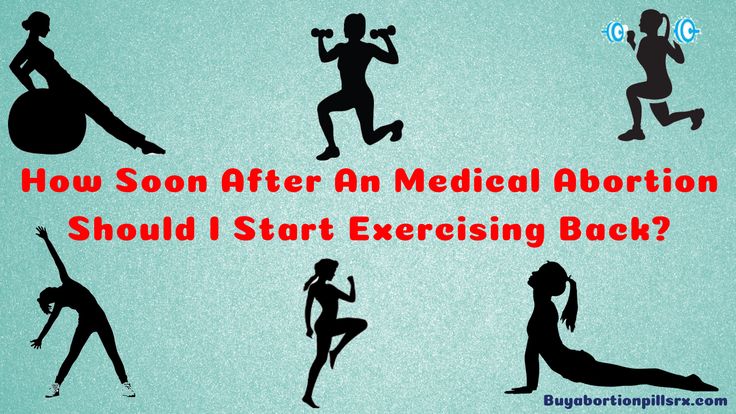
Other states impose unnecessary and harmful restrictions like mandatory counseling before receiving an abortion. Some even require providers to share false information about abortion safety before allowing you to have an abortion.
These restrictions are attempts to discourage you from making your own decisions about your reproductive health. They’re not based on evidence and contribute to anti-abortion stigma.
Experiencing stigma or judgment is associated with poorer mental and emotional health outcomes for those seeking an abortion.
One way to avoid some of these hurdles is to self-manage a medical abortion at home, so you may want to consider these factors when deciding what type of abortion is best for you.
Learn about the legality of surgical abortion in each state.
Watch out for crisis pregnancy centers (CPCs)
While some CPCs offer limited healthcare services like pregnancy tests or ultrasounds, they do not provide abortions or support accessing abortions.
CPC workers are known to shame and mislead people into believing that abortion is unsafe or harmful.
The Crisis Pregnancy Center Map can help you steer clear of these predatory groups. You can also check ReproAction’s Fake Clinic Database and the #ExposeFakeClinics resource hub.
Learn more about identifying, avoiding, and leaving CPCs.
Later-term abortions are uncommon in the U.S.
According to the Centers for Disease Control and Prevention (CDC), just 6.2% of abortions in 2019 happened at 14–20 weeks’ gestation. Fewer than 1% of all U.S. abortions were performed at 21 weeks or later.
People most commonly opt for abortions later in pregnancy if they’ve learned of severe health complications affecting the fetus, developed severe health complications themselves, or were denied an abortion earlier on.
If you need an abortion later in pregnancy, you’ll likely have a D&E procedure. It may take place over 2 days and require multiple visits to a provider. You will probably receive general anesthesia.
You will probably receive general anesthesia.
Complications are still rare, and later-term abortions are considered safe and effective with no risk of affecting your future fertility.
Learn more about later-term abortions here.
Complications are extremely rare for all types of abortion, but they can happen. The major concerns are infection, excessive bleeding or hemorrhage, organ perforation during surgery, or an incomplete abortion.
Contact a medical professional — ideally an abortion provider in your local community — if you:
- experience no bleeding at all within 24 hours of taking misoprostol
- have extremely heavy bleeding, which is defined as 1) bleeding through 2 or more regular maxi pads in an hour for 2 or more hours in a row or 2) soaking through 1 or more regular pads in an hour for 3 or more hours in a row
- pass foul-smelling vaginal discharge
- pass blood clots larger than a lemon
- run a fever of 100.
 4ºF (38ºC) or higher
4ºF (38ºC) or higher - have pain that doesn’t decrease after taking over-the-counter or prescription pain medication
- experience nausea, vomiting, or diarrhea for more than a day or so after taking misoprostol
- see, feel, or experience any unusual or concerning symptoms like shortness of breath or chest pain
Listen to your body. If something doesn’t feel right, even if it’s not on the above list, reach out to a healthcare professional.
Seek care
If you think you’re experiencing complications and live in an abortion-hostile state, you should still seek medical care.
Healthcare professionals can’t distinguish a medication abortion from an unintentional miscarriage, and you don’t have to disclose that you induced the abortion using pills.
You can say that you’re experiencing heavy menstrual bleeding or suspect that you’re having a miscarriage. These conditions are treated the same way.
If you have the freedom to choose which type of abortion you’d feel most comfortable with, there are many factors to consider:
- How long you’ve been pregnant: Some forms of abortion are safer and more effective earlier in pregnancy and should be avoided later on.
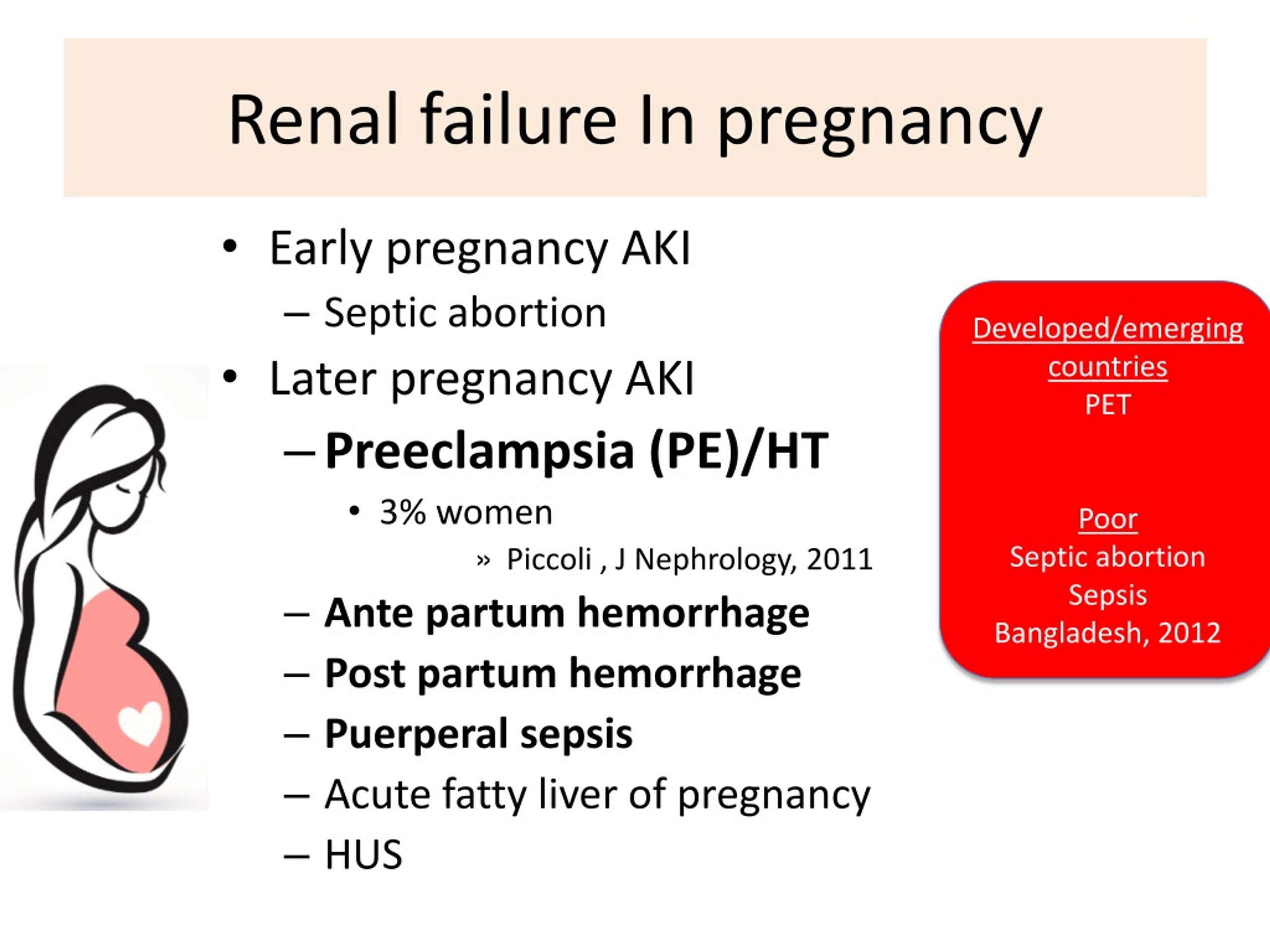 Medication abortions are often reserved for earlier abortions, while surgeries are needed later. The duration of your pregnancy may also affect which method(s) of abortion you can legally access where you live.
Medication abortions are often reserved for earlier abortions, while surgeries are needed later. The duration of your pregnancy may also affect which method(s) of abortion you can legally access where you live. - Accessibility: Many states restrict or outlaw some forms of abortion or impose unnecessary and stressful hurdles — especially now, following the end of Roe v. Wade. Be sure to know the laws in your area and prioritize your privacy if you live somewhere that is hostile toward abortion.
- Costs: Abortion pills generally cost less than in-clinic surgical abortions, though prices can vary based on where you live. You may want or need to opt for a more affordable abortion method. Or, if you have insurance, your plan may only cover some abortion methods.
- Privacy: Many people prefer to use abortion pills in the privacy of their own homes or among their personal support systems. But if you don’t live with people who support your abortion choice, you might prefer to have the procedure in a clinic to better protect your privacy.
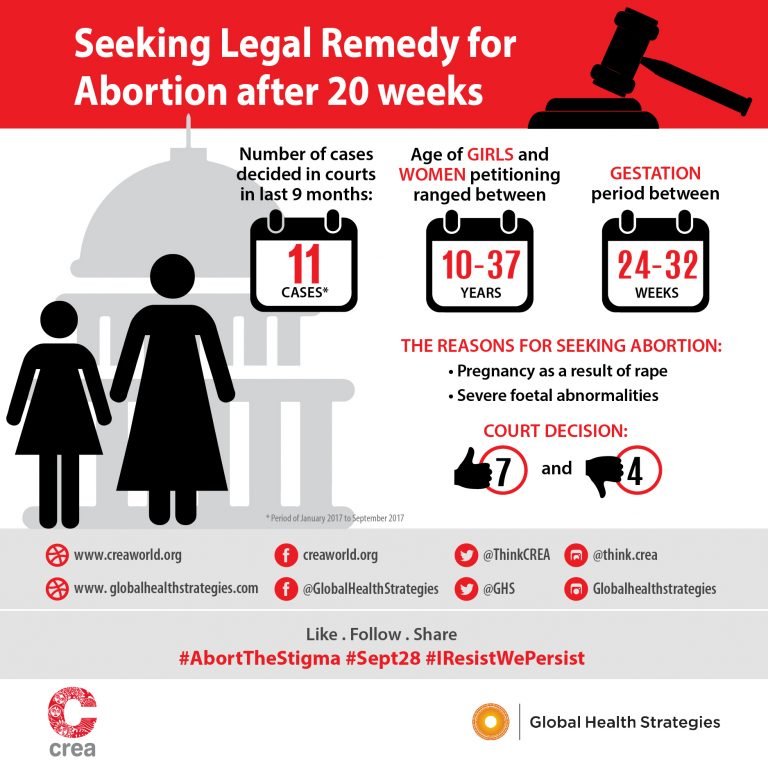
- Trust in the medical system: For many people, especially members of marginalized communities, ordering pills and self-managing an abortion at home may be more appealing than engaging with the medical system. Other people may not feel confident self-managing a procedure and would feel better in a sterile clinical setting with experienced professionals around, and that’s OK, too.
While it’s important to consider the risks of any procedure, the risk of complications is low for any method of abortion and doesn’t vary much by type. The risk mostly increases based on how long you’ve been pregnant.
However, surgical abortions are likely associated with a higher risk of infection, while medical abortions may cause more bleeding over a longer period of time.
The chart below summarizes some of the main differences between the types of abortion.
| Mifepristone and misoprostol | Misoprostol only | Vacuum aspiration | Dilation and evacuation | |
| Type | Medical (2 medications) | Medical (1 medication) | Surgical (5–10 minutes plus waiting periods) | Surgical (30 minutes plus waiting periods and medications) |
| Timeline | Up to 10–12 weeks of pregnancy | Up to 10–12 weeks of pregnancy | Up to 16 weeks of pregnancy | Up to 24 weeks of pregnancy |
| Effectiveness | 95–99% | About 78% | About 98% | About 98% |
| Accessibility and legality | Available in-clinic or online without a provider’s prescription; may be legally challenging in some states | Available in-clinic or online without a provider’s prescription; more likely to be legally protected in the long term | Restricted or banned in many states, with more likely to follow | Restricted or banned in many states, with more likely to follow |
| Medical limitations | Not safe for people with IUDs or certain medical conditions | Not safe for people with IUDs or certain medical conditions | No medical limitations | No medical limitations |
| Privacy | Can be done safely and effectively at home without the aid of a clinician | Can be done safely and effectively at home without the aid of a clinician | Must be done in person at a clinic or hospital | Must be done in person at a clinic or hospital |
Wading through the sea of abortion information — and misinformation — online can be overwhelming. So can navigating costs, legality, and travel. And of course, deciding whether an abortion is right for you in the first place can be tough.
So can navigating costs, legality, and travel. And of course, deciding whether an abortion is right for you in the first place can be tough.
Remember that support is available for every step of your abortion process.
Several U.S. organizations can offer guidance on your options, help you find a provider, and assist with covering the costs of an abortion.
Finding an abortion provider
If you’re unsure where to start, consider reaching out to the nearest Planned Parenthood clinic, which you can find here.
Clinic staff can counsel you on your options and help you weigh the pros and cons of each.
If you decide to pursue an abortion, they can provide you with discreet, lower-cost services, including medical and surgical abortions.
Other options include INeedAnA.com and the National Abortion Federation’s U.S. Abortion Clinic Locator. These sites can help you find a local or independent abortion clinic.
The National Abortion Federation also operates a hotline that can help you find an abortion provider or financial support for your abortion.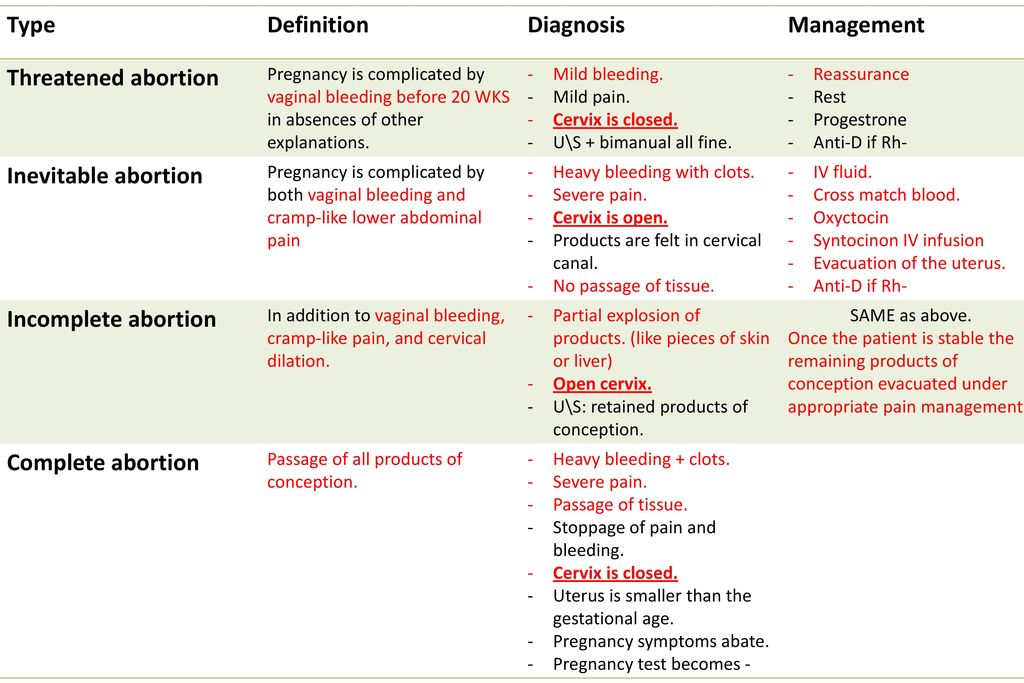
Paying for an abortion
Some insurance plans will cover the cost of abortion, whether medical or surgical, so check in with your insurance provider if you have one and feel safe asking them about abortion.
Additionally, many communities are home to abortion funds. These organizations can help you pay for your abortion or any associated costs like transportation, lodging, medication and recovery management, and child care.
Some abortion funds you can contact for help include:
- Indigenous Women Rising
- Access Reproductive Care Southeast
- Yellowhammer Fund
- Lilith Fund
- Northwest Abortion Access Fund
- Access Reproductive Justice
- Utah Abortion Fund
- Florida Access Network
- Holler Health Justice
- Kentucky Health Justice Network
- Midwest Access Coalition
- Apiary
The above list is far from complete, as many local and regional communities have abortion funds. The National Network of Abortion Funds can connect you with organizations serving your area.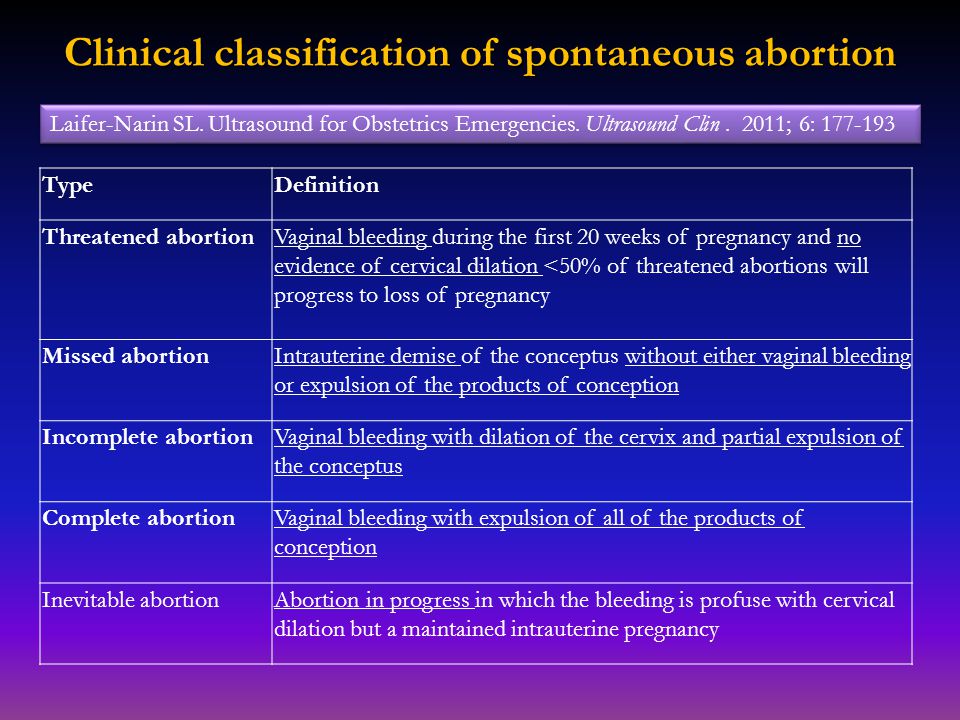
Where to get help outside the United States
Abortion access varies widely by country.
The Center for Reproductive Rights offers more information on abortion laws worldwide, along with a map you can use to check the abortion laws in your country.
If you live in Canada, you can call the National Abortion Federation hotline at 877-257-0012 for a referral to a nearby clinic.
British Pregnancy Advisory Services can offer more information about your abortion options if you live in the United Kingdom. They also provide abortion services and support to international patients.
Abortion isn’t associated with poor mental health outcomes long term. In fact, people who have had abortions are no more likely to experience mental health challenges than people who have not had abortions.
Still, it’s natural to feel intense and possibly mixed emotions.
If you’re struggling with your emotional health, feel empowered to speak with an abortion-informed mental health professional or consider joining a support group.
Other resources that can help include Exhale and All-Options, which can connect you with unbiased, nonjudgmental post-abortion emotional support.
Finding support for mental and emotional healthIf you need to talk with someone right away, help is available:
- Call the National Suicide Prevention Lifeline at 988.
- Text “HOME” to the Crisis Text Line at 741741.
- If you’re a young person of color, text STEVE to 741741.
- Call the Trans Lifeline Hotline at 877-565-8860 (US) or 877-330-6366 (Canada).
The types of abortion are medical and surgical.
A medical abortion involves taking one or two pills that cause your uterus to empty itself. You can order these yourself and take them at home, or you can receive and take them in a clinic.
Medical abortion is approved up to 10–12 weeks of pregnancy.
There are two main types of surgical abortion: vacuum aspiration and dilation and evacuation (D&E). These will be performed by trained professionals in a clinic or hospital.
These will be performed by trained professionals in a clinic or hospital.
Vacuum aspiration is quicker and can be accessed up to 16 weeks of pregnancy, while D&E is used up to 24 weeks.
It can be difficult to determine which abortion method is best for you. Legal restrictions that vary by state can make it even tougher to know what’s accessible in your area.
You’ll need to consider how long you have been pregnant, what abortion laws exist, your budget, and your personal preferences regarding medical care.
Resources are available to help you if you’re struggling to find a provider, pay for an abortion, or manage your emotional health during the abortion process.
Rose Thorne is an associate editor at Healthline Nutrition. A 2021 graduate of Mercer University with a degree in journalism and women’s & gender studies, Rose has bylines for Business Insider, The Washington Post, The Lily, Georgia Public Broadcasting, and more. Rose’s proudest professional accomplishments include being a college newspaper editor-in-chief and working at Fair Fight Action, the national voting rights organization. Rose covers the intersections of gender, sexuality, and health, and is a member of The Association of LGBTQ+ Journalists and the Trans Journalists Association. You can find Rose on Twitter.
Rose covers the intersections of gender, sexuality, and health, and is a member of The Association of LGBTQ+ Journalists and the Trans Journalists Association. You can find Rose on Twitter.
Medical abortion: types, risks, complications
Unfortunately, for one reason or another, you have decided to terminate the pregnancy. We do not touch on the circumstances that led to this. Let's touch on the correct approach to this procedure. At the request of a woman or medical indicators, one of several methods for terminating a pregnancy is selected.
1. Medical abortion up to 5 weeks of pregnancy or 21 days of delay.
Currently, there is a widespread opinion among patients that medical abortion is safe and easy. Many people think that medical abortion does not cause any harm to health. We want to say that any abortion is bad and dangerous! Moreover, more and more often women are frivolous about both the medical method of terminating a pregnancy and the consequences of this procedure.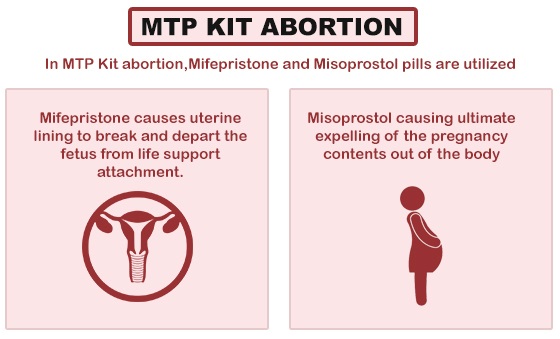 nine0003
nine0003
Our clinic receives inquiries from patients asking them to sell them a drug that is used to terminate a pregnancy, or write a prescription to buy it in the pharmacies of the city in order to take it on their own at home, and thereby save themselves from having to visit a doctor. It is unacceptable! Medical abortion must be carried out in a medical institution in the presence of a gynecologist, after the necessary examination and determination of the gestational age. A woman should understand that a medical abortion, carried out under the supervision of a specialist, will not save her from the risk of complications, but will minimize the consequences of a medical method of abortion. What can not be said about the consequences that may arise from self-administered medical abortion. nine0003
2. Mini abortion or vacuum aspiration.
This method is also carried out in the early stages of pregnancy: from 5 to 10 weeks. A vacuum abortion is performed on an outpatient basis under anesthesia under ultrasound guidance using individual disposable instruments and materials.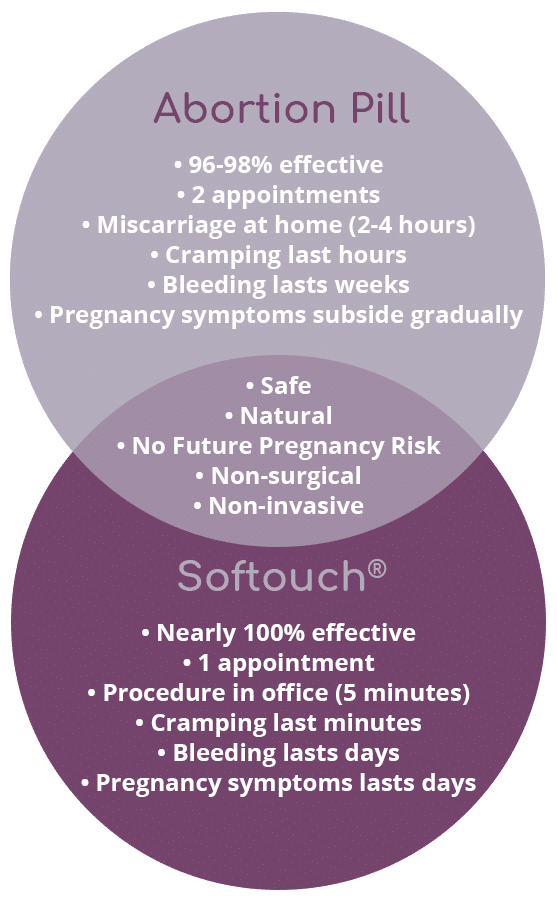 The fetal egg during a vacuum abortion is removed from the uterine cavity through a disposable catheter attached to a vacuum device. The doctor explains to the patient that such an abortion in the early stages, although it is considered more gentle than a surgical abortion, nevertheless, it can cause hormonal failure, inflammation of the reproductive organs, and menstrual irregularities. nine0003
The fetal egg during a vacuum abortion is removed from the uterine cavity through a disposable catheter attached to a vacuum device. The doctor explains to the patient that such an abortion in the early stages, although it is considered more gentle than a surgical abortion, nevertheless, it can cause hormonal failure, inflammation of the reproductive organs, and menstrual irregularities. nine0003
3. Surgical abortion: 10 to 12 weeks.
The operation is performed under intravenous anesthesia. At this time, the fetus reaches a weight of several grams, it is already firmly attached to the wall of the uterus by the placenta, and can only be removed from the woman's body with a sharp knife with a loop-shaped end - a curette. Surgical abortion can also cause various complications. The endometrium, the innermost layer of the uterus, suffers the most.
After any medical abortion, the patient must undergo a special rehabilitation (rehabilitation) course of treatment aimed at the speedy "recovery" of the uterus and the whole body after the operation to terminate the pregnancy.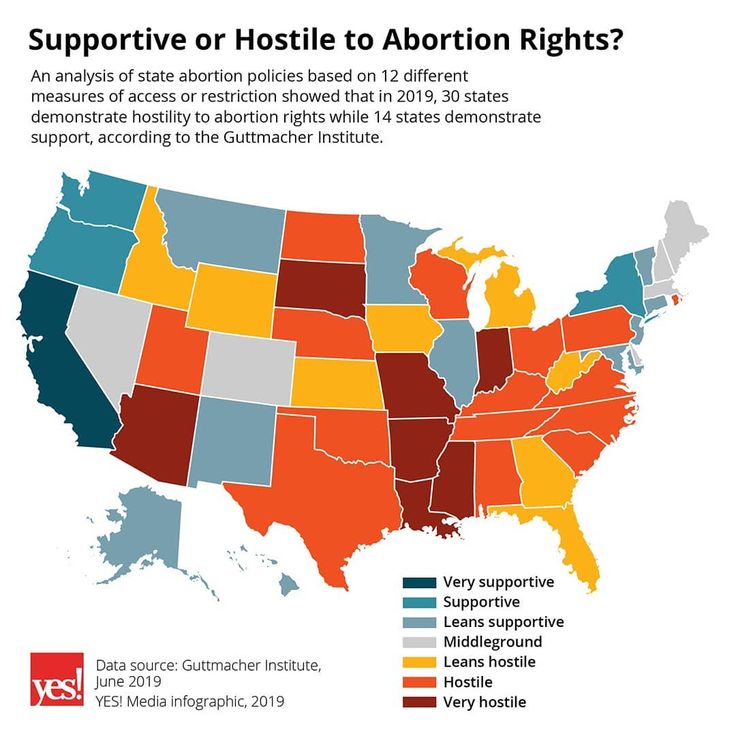 This treatment makes it possible to significantly reduce the number of complications of abortion and the woman in the future to safely endure the already desired pregnancy. And in order to get rid of the need to have medical abortions in the future, it is imperative to choose a method of contraception. nine0003
This treatment makes it possible to significantly reduce the number of complications of abortion and the woman in the future to safely endure the already desired pregnancy. And in order to get rid of the need to have medical abortions in the future, it is imperative to choose a method of contraception. nine0003
If you want to terminate an unwanted pregnancy, make an appointment at our medical center. Our doctors will advise you and, depending on the duration of pregnancy, recommend and perform a medical, vacuum or surgical abortion, having previously examined for contraindications.
Also, our staff will tell you in detail about the possible consequences of an abortion and help you choose the most suitable contraceptive for you, which will avoid the need for abortions in the future. nine0003
Get in touch! Our experts will help you. We have been trusted since 1992.
You can make an appointment by phone: (3812) 31-34-44, 76-45-00 or use the online appointment on the website.
Golikova proposed to ban abortions on teenagers without parental consent - RBC
adv.rbc.ru
adv.rbc.ru
nine0002 adv.rbc.ruHide banners
What is your location ?
YesChoose other
Categories
Euro exchange rate on January 14
EUR CB: 73.11 (+0.32) Investments, Jan 13, 19:23
Dollar exchange rate on January 14
USD CB: 67.57 (-0.2) Investments, Jan 13, 19:23
Vakhtang Kikabidze died Society, 13:31
UN data showed a 70% increase in Russia's income from fertilizer exports Business, 13:29
"RB Sport" learned about the plans of the RPL outsider to sign Dziuba for six months Sport, 13:14
adv.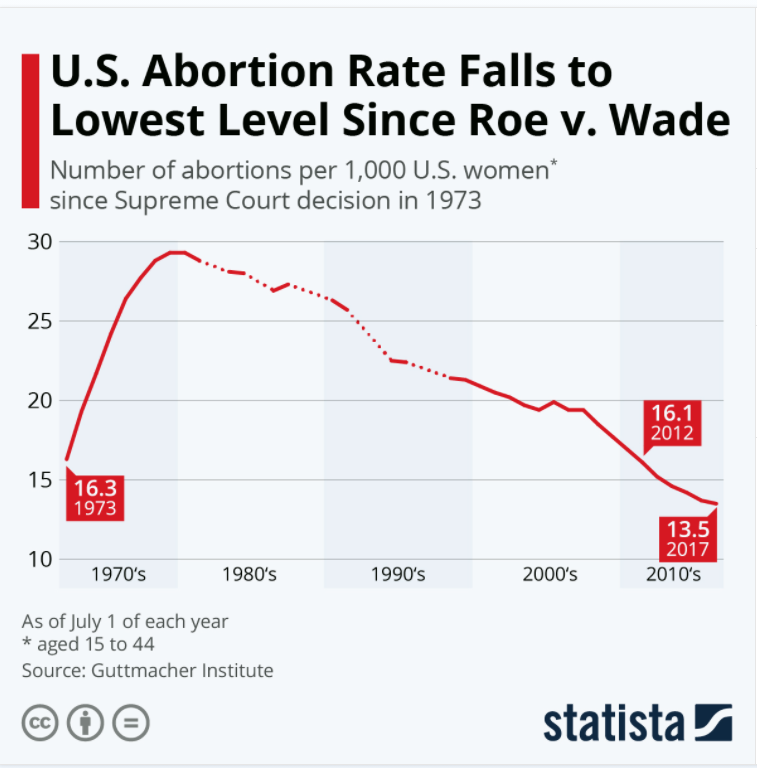 rbc.ru
rbc.ru
adv.rbc.ru
Putin expressed his condolences in connection with the plane crash in Nepal Politics, 13:13
How to deal with fears when changing profession RBC and School 21, 13:08
Plane crash survivors found in Nepal Society, 13:07
Why you don't need a TV to watch shows and a computer to play games RBC and Rostelecom, 12:32
Time management: how to do more and not burn out
In 5 days you will learn how to use different time management tools
Improve your skill
Deputy Prime Minister of Georgia ruled out the involvement of the country in the conflict in Ukraine Politics, 12:32
MMA fighter found dead on the top shelf of a reserved seat in Vladikavkaz Sport, 12:25
The Ministry of Transport announced the temporary closure of the Crimean bridge for cars Society, 12:21
Rogozin announced a test in Ukraine of the Marker combat robot Technology and media, 12:06
"Tighten discipline": the harm of certification for show and how to replace it Pro, 12:03
The mayor of Dnipro called Arestovich a "garbage mouth" after his words about the work of air defense Politics, 12:00
How the IT landscape of Russian business is changing RBC and Tegrus, 12:00
adv.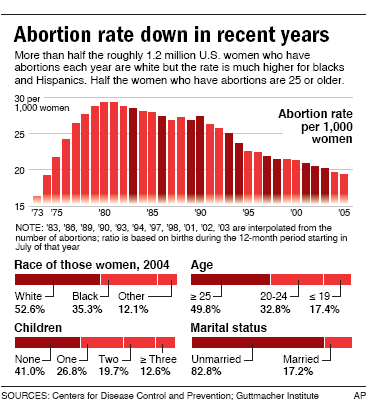 rbc.ru
rbc.ru
adv.rbc.ru
adv.rbc.ru
Now the law allows minors over 15 years of age to independently consent to an abortion
Tatyana Golikova (Photo: Marat Abulkhatin / TASS)
Deputy Prime Minister Tatyana Golikova instructed the Ministry of Health to work out the issue of "the advisability of introducing a ban" on abortions for minors aged 15 to 18 without the consent of parents or legal representatives. This follows from the minutes of the meeting of the Council under the government on guardianship in the social sphere, which took place on October 26 under the chairmanship of Golikova.
The protocol instructs to work out and submit proposals “on the expediency of introducing a ban on abortion for minors aged 15–18 without the consent of their parents (legal representatives)”. The due date is February 1, 2023. nine0003
The due date is February 1, 2023. nine0003
adv.rbc.ru
In accordance with paragraph 2 of Art. 54 of the federal law "On the Fundamentals of Protecting the Health of Citizens" now minors over 15 years of age have the right to independently consent to termination of pregnancy.
adv.rbc.ru
Golikova also instructed to work out the issue of joint placement in the wards of women planning an abortion and those who have kept their pregnancy. In addition, the Ministry of Health, together with the Ministry of Labor, should develop and approve a procedure for consulting and questioning Russian women who decide whether to terminate a pregnancy or not. nine0003
It is also suggested that consideration be given to renaming the “pregnancy termination sheet” to “pregnancy preservation sheet”. This document is a consent form for an abortion.
In Russia, termination of pregnancy is regulated by the law "On the Fundamentals of Protecting the Health of Citizens".
